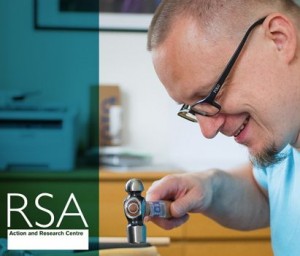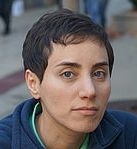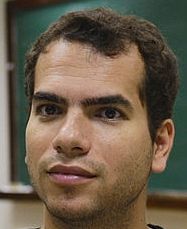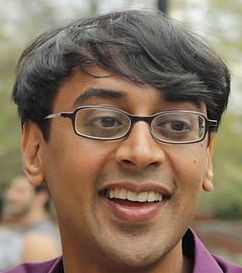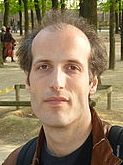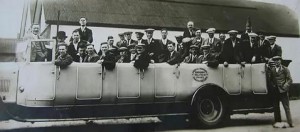The RSA have just published a report, Breaking The Mould, which examines the contribution to the SME sector that on-line market places, like Etsy, make to this economic sector.
If you haven’t already…discover Etsy on-line here – shop from independent crafts people from around the world.
![]() You can download a copy of the new RSA report here…
You can download a copy of the new RSA report here…
The report, authored by the RSA’s Benedict Dellot, emerges from the support that Etsy gave to the recent project The Power of Small. The report defines and conditions the role of e-commerce for the small, entrepreneurial business and assesses how changes in support and on-line infrastructure could further advance the sector.
The UK’s micro-business community is expanding rapidly. Since the turn of the century there has been a 40 percent increase in the number of firms with fewer than 10 employees, and a growth of over 600,000 since the economic downturn began in 2008.
Yet one of the most interesting trends lies behind the headline figures namely the growth in part-time self-employment. The number of people working for themselves for less than 30 hours a week has grown by almost 65 percent since 2000…
The report offers insights, garnered from research respondents, into the sectoral structure of the on-line craft entrepreneur. The data reveals a strong commitment by women business creators to on-line trading and a remarkably large percentage of respondents who had not sought capital investment for their business.
These findings, to us at conversationsEAST, are a clear indication of a strong, yet perhaps under-recognised, female driven entrepreneurial sector and a perhaps less than clamouring call for finance, which government and mainstream lenders would currently have us believe.
The vast majority (91 percent) of sellers are female. 20 percent of sellers report their Etsy business to be full-time, compared with 65 percent who are part-time. 22 percent are employed in a full-time job on top of their Etsy business and 15 percent are in a part-time job. 15 percent are at home looking after dependents, whilst 40 percent of sellers required no funding to get their business started…
The report, Breaking The Mould, also offers the reader some innovative recommendations as to how this sector focus, of on-line craft entrepreneurs, can be supported. (The report, in general terms of marketing, finance and enterprise, is a model of energetic advance for the SME sector as a whole, we would argue…Ed).
The new pathways to enterprise support include…
- Recognise ventures in official measurements
- This is a vital turn for ONS and government departments who monitor and support trade and industry. Often the core resources to a web business, hosting, network infrastructure, even for the small trader, can lie outside the UK. But the revenue generated and associated supplies and ancillary equipment sales occur always where the entrepreneur is based…and the additional new jobs too.
- Make business support part of the BBC’s public purpose
- A great idea. Making the national broadcaster, any broadcaster, sensitive to and supportive of small business is a powerful tool in raising the bar for young people and those who are gender discriminated against. (The emergence of the social sector entrepreneur fits the bill here too. using technology to promote goods and services on-line, where social outcome, ethics and green credentials are just as important as profit, all would fit well with a ‘public purpose’ remit too…Ed.)
- Promote the importance of having a personal `brand’ from an early age
- Managing your on-line presence early is a great way to master new skills, coding, presentation, clarity of thought and is, if done in a structured way, empowering and self resolving for the ambitious entrepreneur. The on-line business is not a ‘second choice’, any more than the on-line personality is any less powerful now, with the ubiquity of computing and mobile devices.
- Tweak search engine algorithms to highlight smaller businesses
- Simple. Make the G###le’s of this world prime referees for the SME in any location. The big corporations already have teams of marketers using traditional and non-traditional marketing methods to make their brands permeate the commerce-sphere. Give the little guy and girl a break too!
- Deepen our knowledge of the therapeutic effects of selling
- Have you pitched for anything? Have you structured an offer, simple or complex, and won the day. You enter the room as a philosophical five foot tall person, you leave it six feet four! Never under-estimate the power of small, incremental successes in early stage entrepreneurship. We agree. (This is as much about promoting confidence and personal skills as it is in fostering or extending the consumer society. We all ‘sell’ everyday, one way or another, if we are successful…Ed).
This is an intelligent, thoughtful analysis of an entrepreneurial sector undergoing growth and change. Read and help break the mould.
